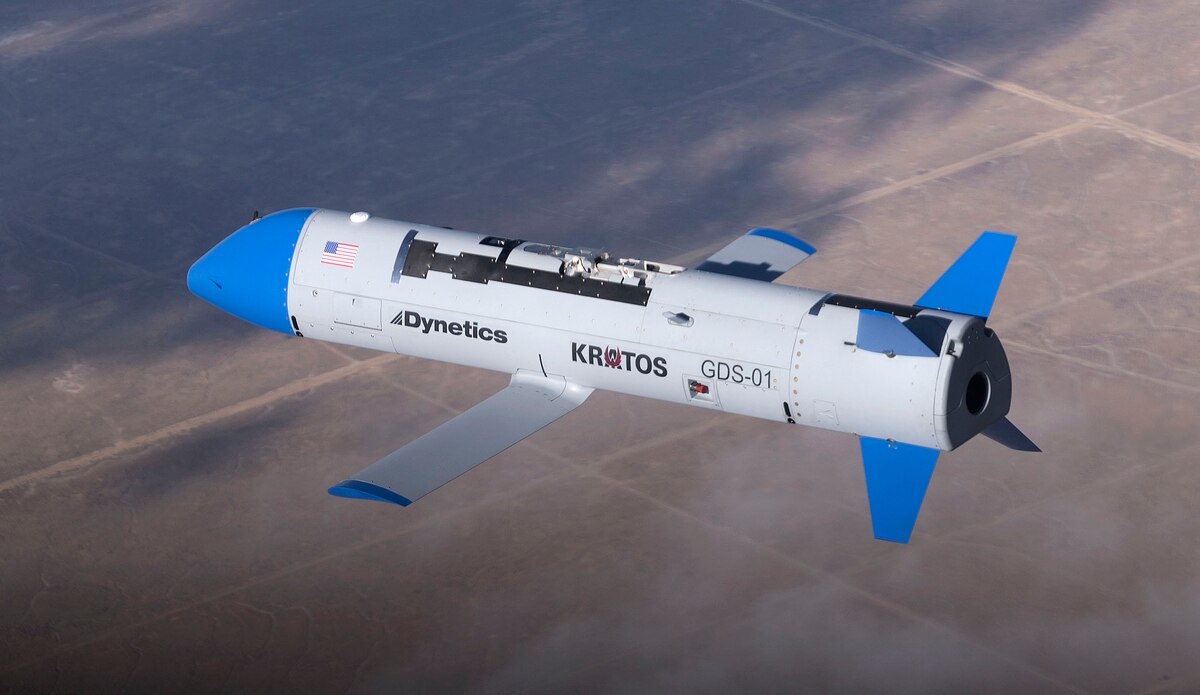DARPA is testing drones it can launch from a plane—then collect mid-air

The news: The Defense Advanced Research Projects Agency (DARPA) has conducted the first test of a new type of drone that can be launched from a plane in a swarm and recovered in mid-air when it’s done its job.
How it works: A military transport or bomber plane releases a series of drones in rapid succession. They carry out the task designated to them (surveillance, for example) and then return to the plane, docking on a line before being winched in. It looks a bit like the airborne refueling process.
Testing: A test, which took place in Utah in November but was first reported this week, showed that a military transport plane can successfully launch and monitor the drone, known as an X-61A Gremlin. However, after a successful mid-air launch and a flight lasting one hour, 41 minutes, the drone crashed when “mechanical issues” prevented its parachute from deploying, the firm behind the drone, Dynetics, said in a press statement. There’s video of the test here (it includes bad music, be warned). This spring, DARPA will try to fly and recover four of the drones for the first time.
What's the purpose? The system could give drones a wider range than they would have if launched from an air base, and cut costs since they are reusable. The US military has been working on the concept for several years, and tested a similar system with a large swarm of micro-UAVs in 2017.
Sign up here to our daily newsletter The Download to get your dose of the latest must-read news from the world of emerging tech.
Deep Dive
Computing
Inside the hunt for new physics at the world’s largest particle collider
The Large Hadron Collider hasn’t seen any new particles since the discovery of the Higgs boson in 2012. Here’s what researchers are trying to do about it.
How ASML took over the chipmaking chessboard
MIT Technology Review sat down with outgoing CTO Martin van den Brink to talk about the company’s rise to dominance and the life and death of Moore’s Law.
How Wi-Fi sensing became usable tech
After a decade of obscurity, the technology is being used to track people’s movements.
Algorithms are everywhere
Three new books warn against turning into the person the algorithm thinks you are.
Stay connected
Get the latest updates from
MIT Technology Review
Discover special offers, top stories, upcoming events, and more.